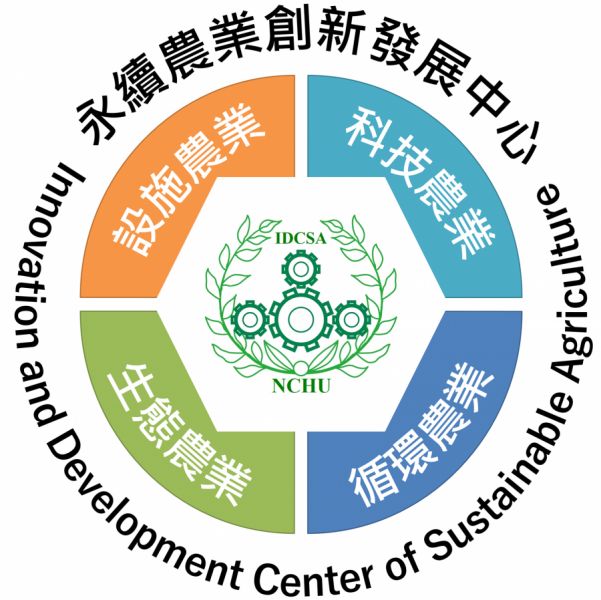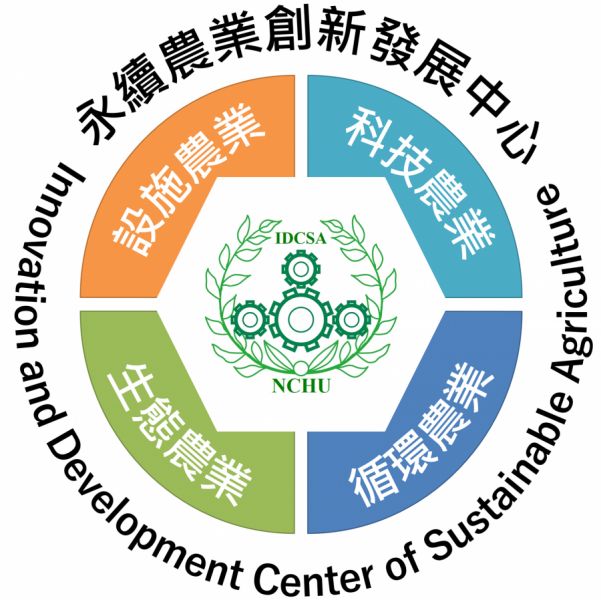The low elevation mountain area, or so-called satoyama-like landscapes, is a unique area that provides important ecological services. In Taiwan, the agricultural landscape ecosystem is the major type landscape in the low elevation mountains area. Therefore, a deep understanding of agricultural landscapes to ensure the balanced development of agricultural landscapes within the low elevation mountains area is urgently needed.
The core objective of this research is to develop an ecological checklist for assessing agricultural landscapes in Taiwan's low elevation mountains. This ecological checklist will be developed grounded on a wide-range and multi-aspect scientific research basis. More specifically, the interactive relationship between agricultural production and environmental factors will be studied, as well as multi-scale remote sensing data will be utilized to monitor the agricultural landscape environment. Members involved in this research include the application of remote sensing, the exploration of the interaction of environmental factors, long-term ecological research, long-term surface vegetation changes, environmental resource conservation, and forest soil and water conservation. The preliminary results from the past two years are summarized as follows:
1. Agricultural landscapes monitoring:
Consider the concept of eco-agriculture, in conjunction with multi-period satellite image data and image processing technology, quantitative analyses were implemented to explore the changes in the spatial structure of agricultural land in the low elevation mountains area.
2. Explore the low elevation mountain agricultural landscapes ecosystem:
Using remote sensing data and resources from relevant ministries such as the Water Conservation Bureau, Forestry Bureau, and Water Conservancy Department, a multi-period analysis of the spatial structure of agricultural landscapes ecosystems in the low elevation mountain area is conducted to facilitate the establishment of quantitative tracking indicators suitable for Taiwan.
3. Establish the blue belt (water system) structure in the low elevation mountain area:
At present, six important rivers, including Beigang Creek, Wuxi, Dajia Creek, Zengwen Creek, Puzi Creek, and Gaoping Creek, have been selected to establish the proper water system structure analysis. The quadrant distribution of the stream power curve represents the successional development of the transition region from the mountain to the plain. In the future, 24 centrally managed rivers in Taiwan will be further analyzed to define the water system range and river characteristics of Taiwan's low elevation mountain area.
4. Explore the relationship between waterfront plants and water environment evolution in extreme climate:
To explore the impact of waterfront plants on river beds under sandy conditions and the evolution of bed types under the increasing frequency of extreme climatic events for river management.
5. Establish a green belt (agricultural road, rural road, windbreak forest belt) structure in the shallow mountain area:
Using spatial data and resources of relevant government ministries and associations, carry out multi-period change analysis of the spatial structure of green belts (agricultural roads, farmland, rural roads, and windbreak forest belts) in the low elevation mountain area, to establish an ecological service checklist suitable for Taiwan. The core objective of this research is to develop an ecological checklist for assessing agricultural landscapes in Taiwan's low elevation mountains. This ecological checklist will be developed grounded on a wide-range and multi-aspect scientific research basis. More specifically, the interactive relationship between agricultural production and environmental factors will be studied, as well as multi-scale remote sensing data will be utilized to monitor the agricultural landscape environment. Members involved in this research include the application of remote sensing, the exploration of the interaction of environmental factors, long-term ecological research, long-term surface vegetation changes, environmental resource conservation, and forest soil and water conservation. The preliminary results from the past two years are summarized as follows:
1. Agricultural landscapes monitoring:
Consider the concept of eco-agriculture, in conjunction with multi-period satellite image data and image processing technology, quantitative analyses were implemented to explore the changes in the spatial structure of agricultural land in the low elevation mountains area.
2. Explore the low elevation mountain agricultural landscapes ecosystem:
Using remote sensing data and resources from relevant ministries such as the Water Conservation Bureau, Forestry Bureau, and Water Conservancy Department, a multi-period analysis of the spatial structure of agricultural landscapes ecosystems in the low elevation mountain area is conducted to facilitate the establishment of quantitative tracking indicators suitable for Taiwan.
3. Establish the blue belt (water system) structure in the low elevation mountain area:
At present, six important rivers, including Beigang Creek, Wuxi, Dajia Creek, Zengwen Creek, Puzi Creek, and Gaoping Creek, have been selected to establish the proper water system structure analysis. The quadrant distribution of the stream power curve represents the successional development of the transition region from the mountain to the plain. In the future, 24 centrally managed rivers in Taiwan will be further analyzed to define the water system range and river characteristics of Taiwan's low elevation mountain area.
4. Explore the relationship between waterfront plants and water environment evolution in extreme climate:
To explore the impact of waterfront plants on river beds under sandy conditions and the evolution of bed types under the increasing frequency of extreme climatic events for river management.
5. Establish a green belt (agricultural road, rural road, windbreak forest belt) structure in the shallow mountain area:




